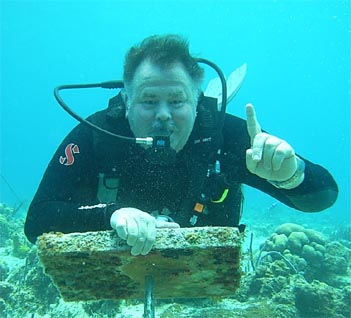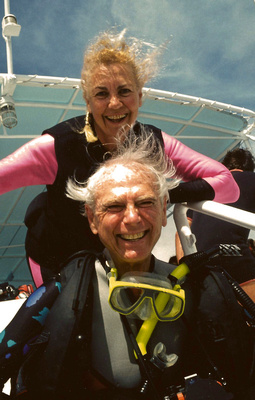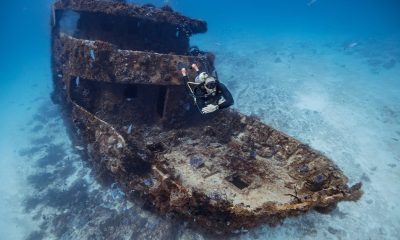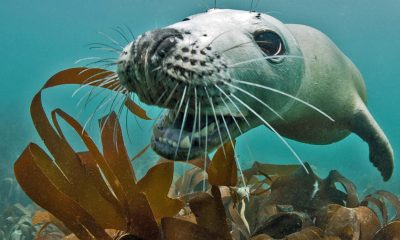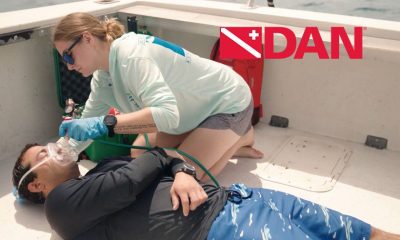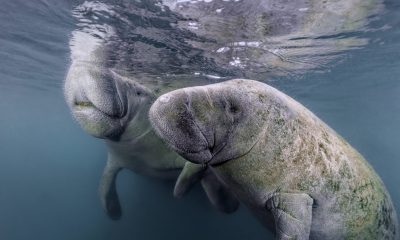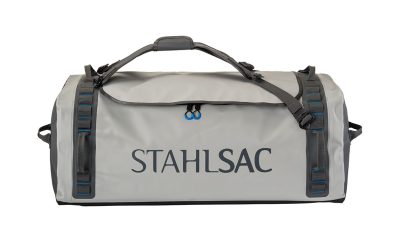News
DEMA reveals the latest recipients of the Reaching Out award 2014

On Monday 7th July, this year’s recipients of DEMA’s ‘Reaching Out’ Award for 2014 were announced. The award presentation itself will take place at a dinner event on November 21, 2014, to celebrate the achievements of three individuals who have contributed greatly to the world of diving as each has a strong passion for the sport.
Each year this celebration of scuba is built around a theme. This year that theme happens to be ‘Hitsville, USA‘ taking those present back to the many glorious hits of Motown. The Joint, a wildly entertaining venue at The Hard Rock Hotel in Las Vegas, will be the setting for the event. An energetic crowd is sure to be on hand to give their support and appreciation to the winners.
Patrick Hammer was so enthralled with diving at an early age that he became a dive instructor in the 70’s and enjoyed it so much that he formed his own dive club, drawing in over 150 members to enjoy the sport with him. From then on he was addicted to diving and went on to open his own dive store which turned into five stores by 1982. He found his niche in the industry with search and recovery. It so intrigued him that he went on to work for several fire departments which then led into developing safety procedures on proper search and body recovery techniques. It has been a long and exciting road for Patrick Hammer and he has written over 40 specialty dive programs. The accomplishment that he may be most proud of is his ‘Our World Underwater‘ consumer show that has become a tradition year after year, and over time, it has been labelled as the largest consumer dive event in the Midwest. He encourages kids to explore the world of recreational diving and he is a generous contributor to the Tim Early Foundation which is a very active non-profit organization promoting educational dive programs for children and supporting various dive programs, such as research of Lake Michigan shipwrecks.
Hammer’s contributions don’t stop there. He has also co-founded the Ralph Erickson Foundation whose goal has been to help diving enthusiasts in underprivileged areas start their scuba career through a grant program that helps provide access to equipment and training. Underprivileged youth and young adults, in multiple locations in the Caribbean, have reaped the benefits of Hammer’s philanthropy. He has written 2 skin diving manuals, two operations and resort training manuals, other articles and has contributed to worldwide diver training programs including serving on the board of the PADI Retail Association Board, Coral Reef Alliance, Aqua Lung Advisory Board and DEMA Board of Directors. Patrick Hammer can look back with self-satisfaction and deep fulfillment for all that he has done and how far he has come with more adventures ahead of him.
The other recipients are a duo that have traveled extensively together all over the globe with a passion for sharing their underwater explorations through photographs, lectures and all things ‘scuba diving.’ Alese and Mort Pechter have fervently shared their years of findings with scientists and writers. They have made scuba diving the family sport that it is today. The couple are special teachers, creating a curiosity in children to draw them into the world of scuba diving and all that it has to offer. They work extra hard to promote ocean conservation and the Pechters’ children’s book, What’s In The Deep, has received newsworthy acclaim including being chosen as a Public Broadcasting System Reading Rainbow selection. It was the first ocean-oriented book directed towards young children using actual photographs of the underwater world. You can’t miss their names as authors in popular publications of Underwater USA, Caribbean Travel & Life, Dive Training and Sport Diver. Their scientific explorations have taken them to serve as Fellow National members in the Explorers Club. The Pechters belong to the National Marine Education Association, Historical Divers Association and Oceanography Society. Alese was even chosen as a charter member for the highly prestigious Women Divers Hall of Fame. Honors over the course of their careers include the United Nations Environment Program, and they were even recognized by the US Navy as Honorary Deep Seas Divers. They were also honored by the South Florida Police Search & Rescue Teams, were selected as the Photojournalists of the Year in 1996, and were awarded the 2003 NOGI for Distinguished Service.
These individuals come with highly expert qualifications and a desire to share scuba diving with the entire world. They are shining stars with a love of the ocean and we all celebrate their successes.
For more information, visit www.dema.org.
Source: www.examiner.com
Blogs
Wrecks’ Curse – The World of Wreck Diving
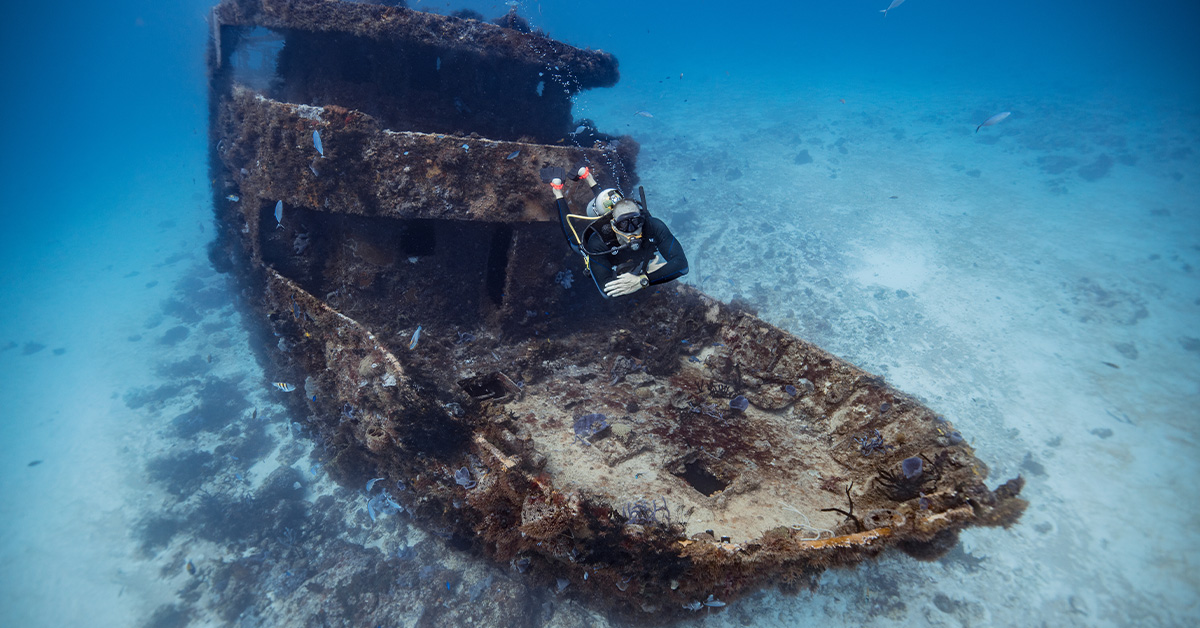
By Pablo Mir
We all enjoy those unexpected encounters that come with wreck diving, no matter how small, during our open water scuba dives. Exploring those nearly vanished remains of a ship scattered across the ocean floor is frequently the climax of the otherwise regular dive.
What is Wreck Diving?
Wreck diving involves exploring underwater shipwrecks while scuba diving. Sometimes, the wreck we encounter is more than just the remnants of a small and forgotten old vessel. Or perhaps we didn’t deliberately choose it, but the charter we boarded had that destination planned that day. The Benwood, less than 14 meters or 45 feet deep, in the clear waters of the National Marine Sanctuary in Key Largo, Florida, or the Copenhagen of Fort Lauderdale, also Florida, are good examples. Divers, many beginners who haven’t even devoted half a second to thinking about wreck diving, enjoy exploring their remains and the fauna that inhabit them. In some way, and at different levels, we all seem to potentially be wreck divers, even without a higher and explicit intention.
First Encounters: The Unplanned Dive into Wreck Exploration
But the trek is long and has many branches. Wrecks present themselves in vast possibilities, from shallow and clear waters to deep and dark ones. The Ancient Mariner, Captain Dan, U352, Great Isaac, Grecian, Lady Luck, Hyde, Aeolus, Hydro Atlantic, RBJ & CC, Algol, U869, and the Andrea Doria -the Grand Dame of the Sea- are some of the names that resonate among thousands in the minds of many wreck divers on the East Coast of the USA. For many of us, getting ready to traverse that path of increasing challenges, increasingly demanding environments, and more astonishing, transcendent dives is a life goal in terms of recreation.
A Diverse World: The Spectrum of Wreck Diving Experiences
Now, it is well known that the label of wreck diving is not only applied to shipwrecks. It is common to extend it to any artificial structure or piece of it that can be explored during our dives. For example, Texas Tower #4, an Air Force radar station off the coast of New Jersey, toppled in 1961 by a storm, is frequently visited by numerous local technical divers and visitors who want to test their skills in those demanding waters. Similar structures of different natures and purposes exist in many other places, with the most different levels of certification and experience requirements we can imagine.
Is Wreck Diving Dangerous?
Wreck diving is not inherently dangerous, but proper training is required. Describing with words the feeling of wonder and the adventure involved in wreck diving is not easy. In the same way that regular open water diving is the entry point to another world, a unique, fascinating world, wreck diving is also an entry point to one of the additional levels of enjoyment and fascination the world of recreational diving poses. Wreck diving, we live the adventures others just dream or fear. We are there, explorers of a distant land. Often, we witness the remains of real human tragedies; other times, we are visitors to the most wonderful amusement park we can imagine.
Learning Curve: The Path from Novice to Experienced Wreck Diver
Sometimes, watching groups of recreational divers exploring a wreck might seem like witnessing a scene from a pirate movie. Two or three divers here, two or three more there, ascending and descending along its sides, from bow to stern, sticking their heads in to look inside compartments and passages. In some cases, entering and exiting the bridge or any space allows penetration in areas with abundant natural light and generous access points. Their expressions and body language make it easy to notice that they are having a great time. There is no doubt they are enjoying it, and it will be an experience they will vividly remember.
If they are a group traveling together, an instructor or divemaster may be there to ensure everything goes well. The passion for exploration, for discovery, and that thirst for adventures we all have within us can sometimes hinder us in making our best decisions. Therefore, to become actual wreck divers, we must not only desire to do so but also have the will to learn and gain experience, slowly and safely, in everything this specialty implies. While it is true that exploring the exterior of a wreck may seem like something that doesn’t require specific training, the reality is that it does. Fishing lines, sharp surfaces, parts that can easily come off, suddenly disappearing visibility, disorientation, etc., are dangers we must have learned about, developed strategies to avoid, and implemented procedures to solve with the proper tools.
And so it will be; many will traverse the paths of wreck diving by starting with proper training. Sometimes, the first step is part of the regular advanced diver certification many divers take; other times, it is going straight for a wreck diving specialty. They will learn and start practicing, gaining experience and ease in their procedures. They will fall more and more in love with those twisted iron environments and proudly display the rust stains on their diving suits as if they were scars from a well-fought battle.
Deepening the Dive: Advanced Wreck Exploration Techniques
But the journey continues. Sooner or later, some will want more than just hovering around the wrecks. Crossing well-lit passages with the exit in sight will no longer be enough for them. What they recently may have told themselves they wouldn’t do will begin to intrigue them, and they will want to continue training “just in case.” They will want to start moving away from those open corridors and see with their own eyes what lies beyond. They will no longer see wrecks as enemies to overwhelm in large groups but as a mystery to unravel slowly, passage by passage, room by room. They will split into small groups. They pursue a specific goal, have a specific plan, and seek to minimize unexpected situations, and this is more controllable and achievable when done by two or three rather than four or five.
They will keep learning, venture through narrow passages, dodge cables and pieces of metal hanging from what is now the ceiling, and proceed cautiously to avoid stirring up sediments. They will use different methods to establish positions at crossroads, place strobe lights, carry multiple penetration reels, and carry substantial knives, the kind they used to laugh at not long ago, thinking they were unnecessary exaggerations.
The Wreck Diver’s Journey: A Path of Endless Discovery
Over time, they will penetrate deeper and deeper into larger, darker, gloomier, more frightening wreck structures, simply because they can. They will descend to greater depths because that’s where they are in better condition and farther away from the boarding hordes.
They will transition from Air to Nitrox, later return to Air, and later delve into the world of Trimix. They will start planning and executing dives with decompression stops, as otherwise, their bottom times will be insufficient for their intentions. From one decompression gas cylinder, they will move to two, and in some cases, three or more. Those who can afford it will buy rebreathers; those who can’t will stick to open circuit, carrying multiple large cylinders.
The Eternal Call of the Deep
But genuine amazement will hit them hard on the day they, thinking carefully about all the steps they have taken and accounting for the time and effort dedicated, conclude without a shadow of a doubt that it was worth it. It will be too late for them; they will have fallen victim to this curse of shipwrecks that has trapped so many. There will be no escape for them; from now on, they will be wreck divers without cure or remedy. They will be condemned to spend the rest of their vacations and days off among twisted irons at the bottom of rivers, lakes, and oceans. Cheers buddies! And a warm welcome to all those newcomers to recreational diving who, unknowingly, may be destined to wander among old wood and rusted metal, seeking to put out that thirst for real-life adventures.
To find out more about International Training, visit www.tdisdi.com.
Main Image: William Drumm/International Training
Blogs
Seal Encounter Dives at Lundy Island
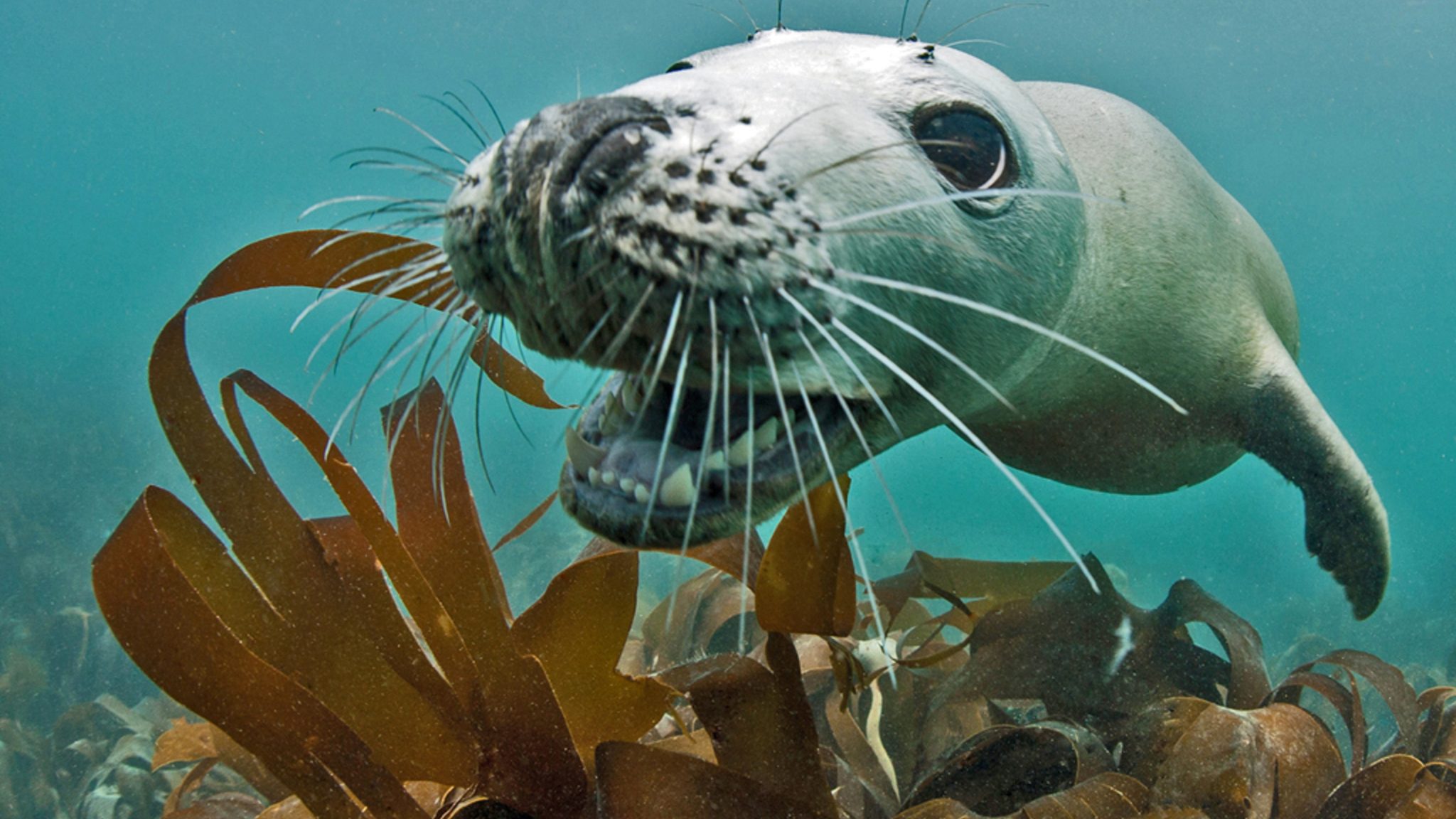
Voted No. 3 on the Top 10 Ultimate British Isles Bucket List by The Independent, these dives offer the closest marine mammal encounter available to divers in the UK. Friendly and playful, respectful divers are often rewarded by incredible interaction with the Lundy Seals.
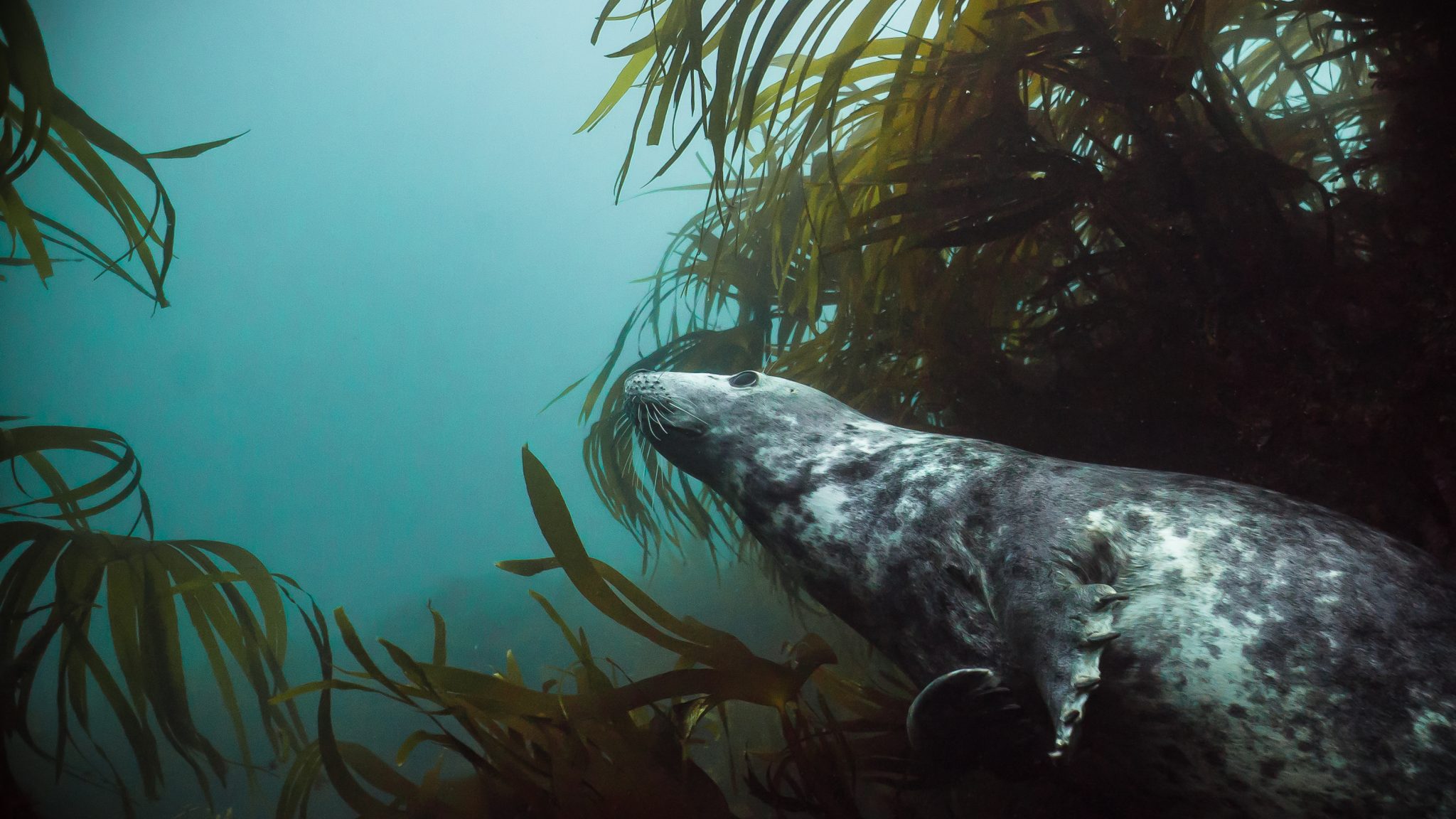
Easy Divers has been running guided dive trips to Lundy for nearly 10 years and offers dive equipment hire if required. Trips depart from the stunning harbour town of Ilfracombe in North Devon and Dolphins are often seen during the boat passage.
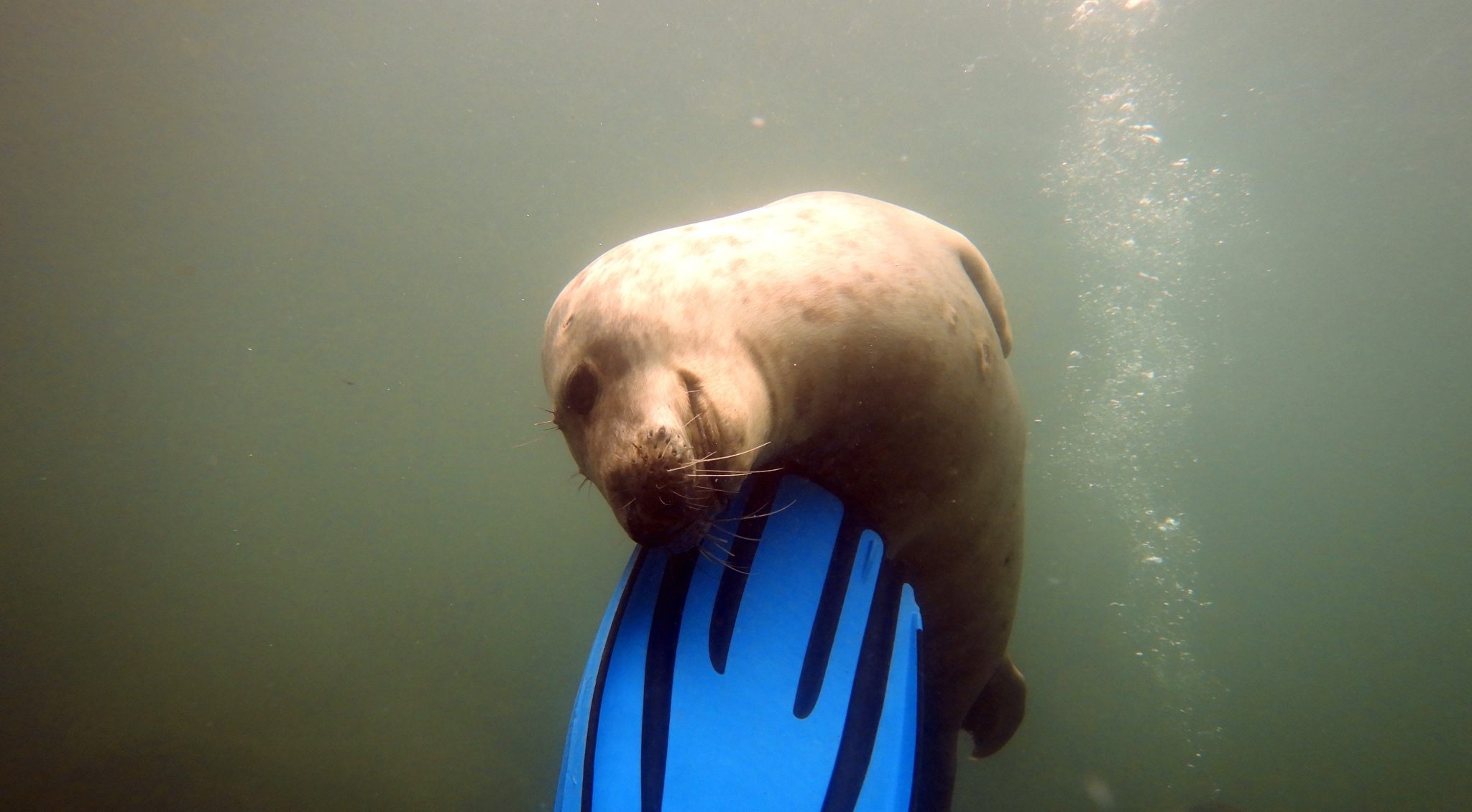
In addition to diving, Ilfracombe is a great base from which to hike the South West Coast Path, dip into surfing at the UK’s first World Surf reserve, enjoy other water sports or head to Exmoor National Park.
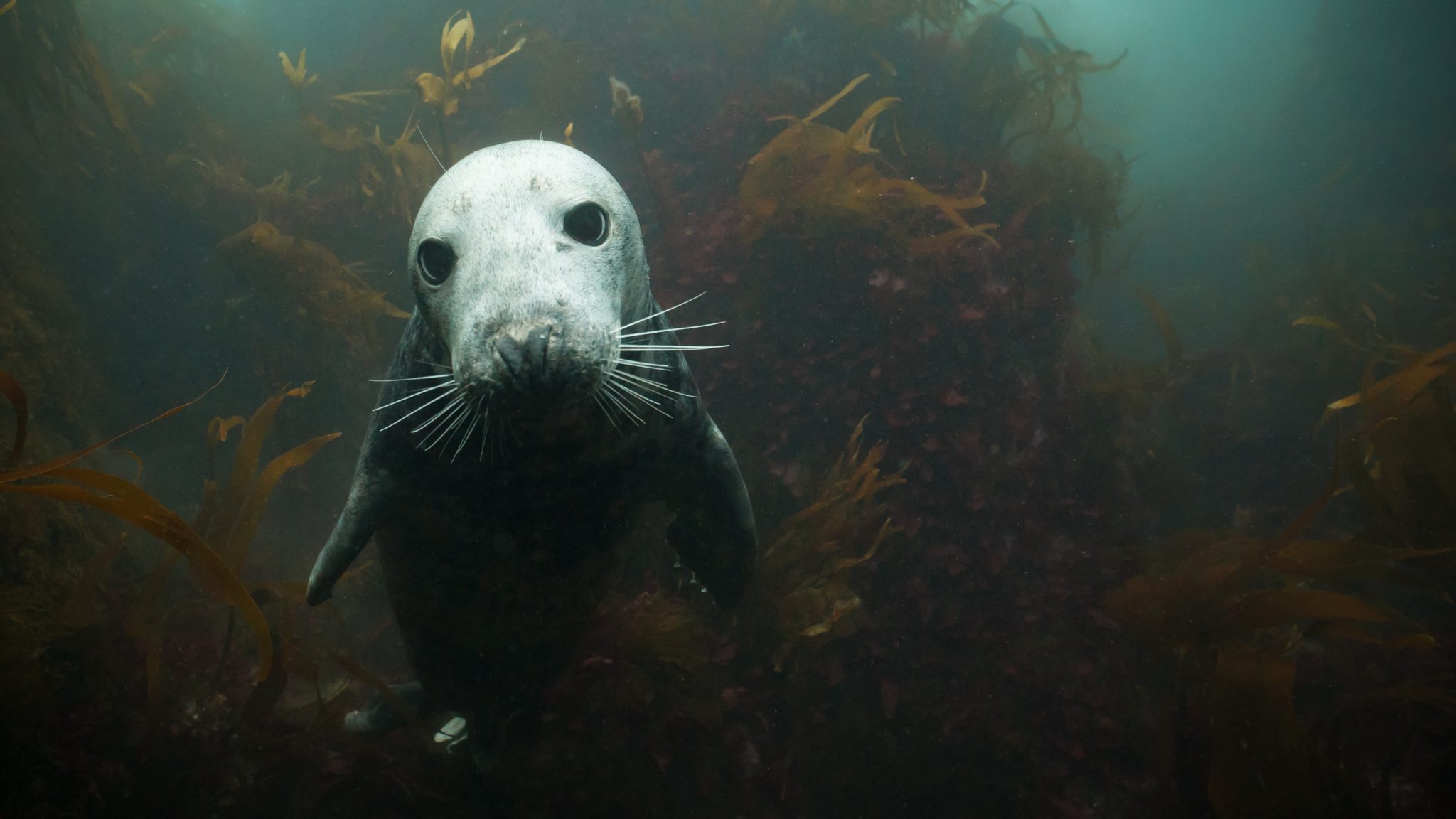
Easy Divers also runs a diver-friendly guest house, with a discount for diving customers and kit rinsing and drying facilities.
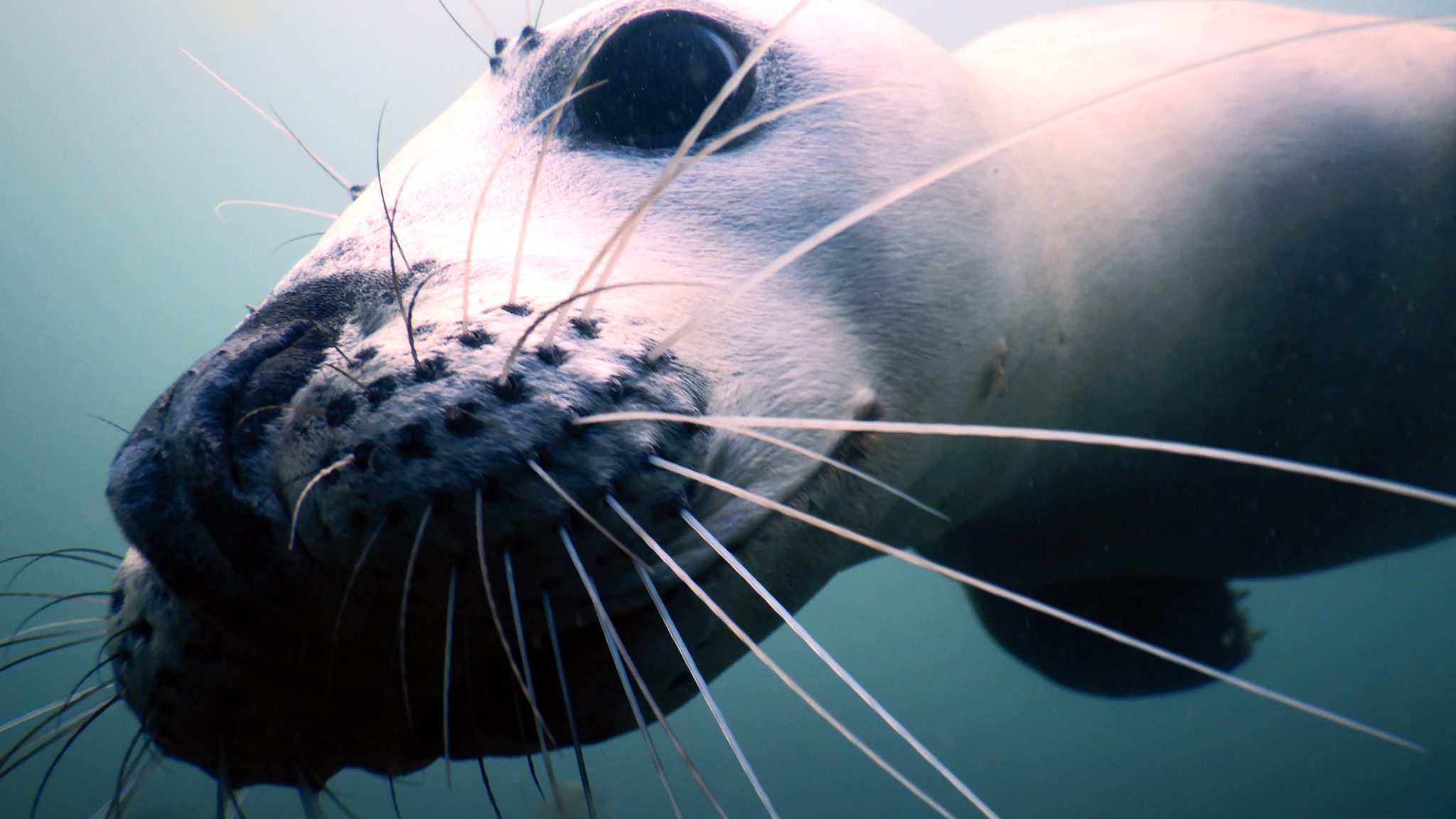
The Seal encounter dive sites are shallow and sheltered and are suitable for divers of all levels, making them a great introduction to British diving.
Exclusive Offer for Scubaverse Subscribers
Use your exclusive Scubaverse discount code scubaverse10% before the end of June and join us for a Seal encounter dive trip to Lundy Island, on any trip date with availability this Summer. Visit https://www.easydiversnorthdevon.co.uk/lundy-dive-trips/seal-encounter-dive-trips/ and enter code scubaverse10% at the on-line check out.
Trips book out well ahead, so book now to avoid disappointment. To save 10% on any 1 night stay at our guest house, please call 07833 020424. We offer free cancellation for divers who book a 1 night stay, if we have to re-schedule due to unsafe weather.
Join us for Britain’s best marine mammal diving experience!
Trips run from end of May to mid-October and are bookable via email at info@easydiversnorthdevon.co.uk, on-line via the Easy Divers website, www.easydiversnorthdevon.co.uk, or call 07833 020424 for more info
-

 Gear Reviews4 weeks ago
Gear Reviews4 weeks agoGEAR REVIEW – Revolutionising Diving Comfort: The Sharkskin T2 Chillproof Suit
-

 Marine Life & Conservation Blogs3 months ago
Marine Life & Conservation Blogs3 months agoCreature Feature: Swell Sharks
-

 Blogs2 months ago
Blogs2 months agoMurex Resorts: Passport to Paradise!
-

 Blogs3 months ago
Blogs3 months agoDiver Discovering Whale Skeletons Beneath Ice Judged World’s Best Underwater Photograph
-

 News3 months ago
News3 months agoPADI Teams Up with Wellness Brand Neuro to Drive Ocean Change and Create a Blue State of Mind
-

 Marine Life & Conservation3 months ago
Marine Life & Conservation3 months agoSave the Manatee Club launches brand new webcams at Silver Springs State Park, Florida
-

 Blogs2 months ago
Blogs2 months agoSeagrass Awareness Month brings critical food source for Manatees to centre stage
-

 Blogs3 weeks ago
Blogs3 weeks agoDive Indonesia Part 3: Dive into Lembeh Trip Report


